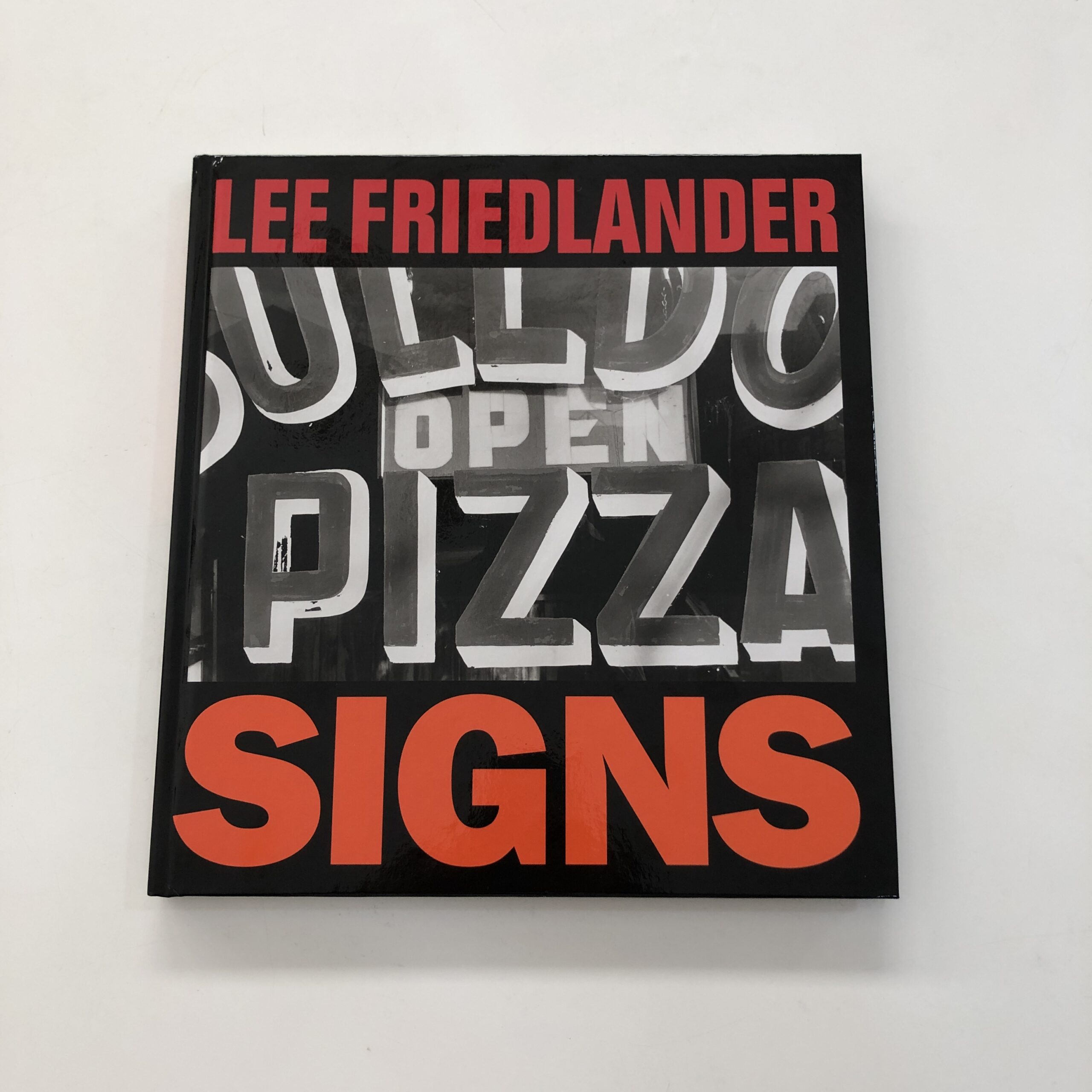
I took some heat for last week’s column.
There was no blowback from the haters. Those anonymous trolls that used do drive me and Rob crazy back in 2011.
No.
This time, the negative feedback came from members of my family, (via social media,) who objected to my depiction of Grandpa Sam.
They say time heals all wounds, and of course some people find it unseemly to speak ill of the dead, so I’ll be kind and assume that’s what was happening.
(Plus, I’m washing my family’s dirty laundry in public, which can be objectionable as well.)
But I shared only a fraction of Grandpa Sam’s indiscretions, and didn’t even mention that Grandma divorced him, in her 80’s, as there were plenty of stories about him laying hands on her. (And not in a Pentecostal-Christian kind of way.)
Grandpa was so disliked, at the end, I don’t think anyone in my family even knows when or where he died, as once Grandma left him, (and got a new boyfriend named Sy,) we all lost touch with Grandpa Sam.
Now it’s 2021, and even though he was an abusive drunk, ranked his grandchildren by favorites, and bought people off with money and gifts, apparently I’m the asshole, (to some,) for writing about it.
These days, you can’t win.
These days, everyone has an opinion about everything.
I know I shouted out Bo Burnham’s “Inside” last week, but really, it deserves a bit more exploration here.
The Netflix special has been rightly received as a masterpiece; the kind of work only someone who’s been building a distinctive style, and obsessively working on craft for years, could even hope to achieve.
(It’s that entertaining, smart, touching, and nuanced.)
One of our favorite parts, (we’ve watched it multiple times as a family,) is his bit about what it’s like living in a world in which every single person seems to think it’s appropriate to share their thoughts about every single subject, all the time.
Like a good, self-aware Zoomer, Bo Burnham makes sure to mock himself as one of the endless opinion-sharers out there, and I’d have to do the same too.
But he’s a professional comedian, so it’s his job to share his thoughts, and I’ve had a biographical opinion column for a decade, so it comes with the territory here as well.
While some, among the younger generation, are able to understand nuance and gray area, others, perhaps from older generations, are more familiar with the norms and mores of bygone eras.
You know: when the planet wasn’t on fire, there were seemingly “unlimited” resources to plunder, the patriarchy was unquestioned, and proper men never said they were sorry.
I guess my big mistake last week was comparing Grandpa Sam to Donald Trump, because that tied it to partisan politics, though the connection was really about their mutual love of gold, casinos, and acting like a Mafia Kingpin.

Obviously, I’m being careful not to name the relatives whom I offended last week, but I’m sorry I hurt your feelings!
Grandpa might have been a wife-beating jerk and a nasty drunk, who treated me like shit, but hey, it’s bad form to speak ill of the departed.
Mea Culpa!
But it wouldn’t be one of my articles if the opening rant was completely divested from the review at the bottom, right?
We have to talk about a book, or photography in some way, and hopefully, it will all make sense.
Right?
Well, today, I was put in this frame of mind after looking at the amazing photo book “Signs,” by Lee Friedlander, published by Fraenkel Gallery in San Francisco, in conjunction with a 2019 exhibition.
This is one of those books that needs little build-up, or explanation, because the one-word title tells you everything you need to know.
For the uninitiated, Lee Friedlander is as old school as it gets in American Photography; a living master who has such a distinctive style, it changed the way we all look at street photographs.
Forever.
This dude, with his busy, head-ache compositions, constant curiosity, and wandering, black and white vision, is like Madonna, or Chuck Berry.
He changed the game so significantly, future imitators who drafted on his vision still did well, such is the joy we all feel at looking at the drama of the street.
We can name drop Walker Evans as a forebear, especially with the signage in this one, and of course Robert Frank was out there in the 50’s too, (and Garry Winogrand,) making work with some crossover.
But Lee Friedlander pictures, in the end, look only like Lee Friedlander pictures, whether it’s the constant inclusion of vertical sign-posts breaking up his compositions, or reflections in the windows, making us see ourselves in his work.
This book is a compilation, in which the editors have included images from the 1950’s through the 2010’s, and that’s why it’s so great.
Because we get to see all these American eras smashed up against each other.
Of course people who came of age in the 1950’s would see America through a vastly different lens than the Zoomers.
And how could irony-loving, ambiguity-friendly, slacker Gen Xers always make sense to Boomers, who were reared in a binary, zero-sum-game world of hip/square, good/bad, and Commie/Patriot?
The book is a literal trip down memory lane, (not that I’ve ever used that cliché phrase before,) and occasionally makes strong points, like having a George Wallace image above one of Trump, while JFK and MLK sit in a vertical diptych on the opposite side.
Everyone will love this book… unless they dismiss it outright, because it was made by a white, cisgender male who was using a camera as a tool of the patriarchy to appropriate other peoples’ cultures without consent.
(See, I can make fun of both sides. And I mock myself here all the time, so you know I’m willing to be the butt of the joke.)
Anyway, that’s enough for today.
Will I have to eat a new bunch of shit from my relatives for this column?
Probably.
But it’s just, you know, uh, like, my opinion, man.
Take a chill pill.
And see you next week.
To purchase “Signs” click here

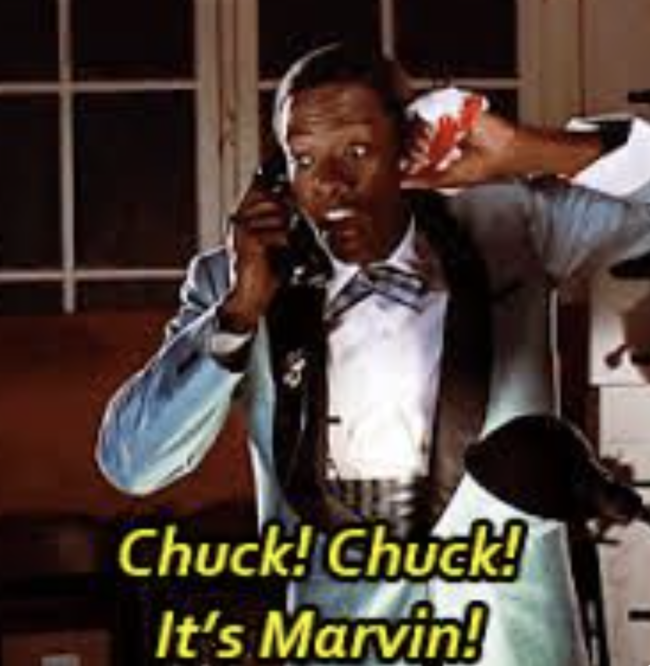


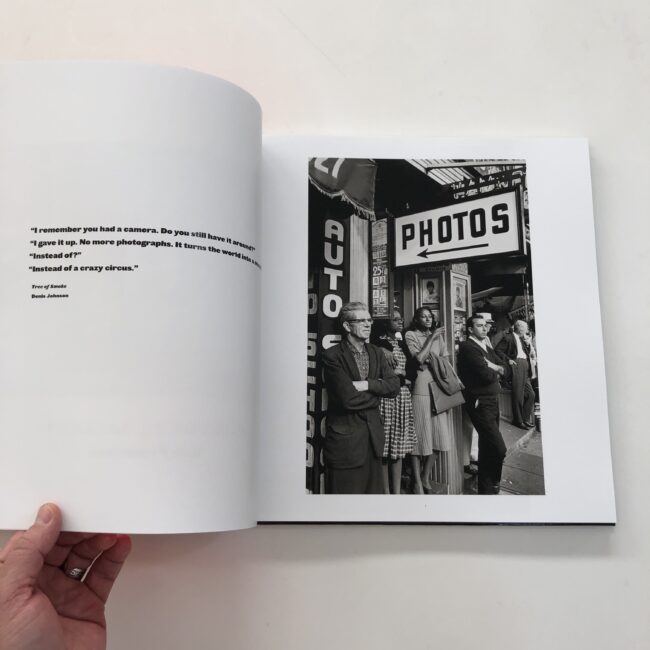
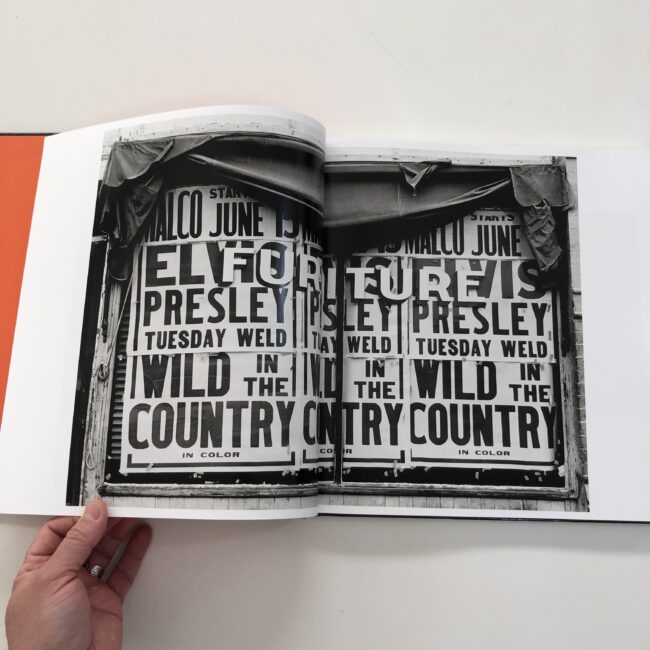
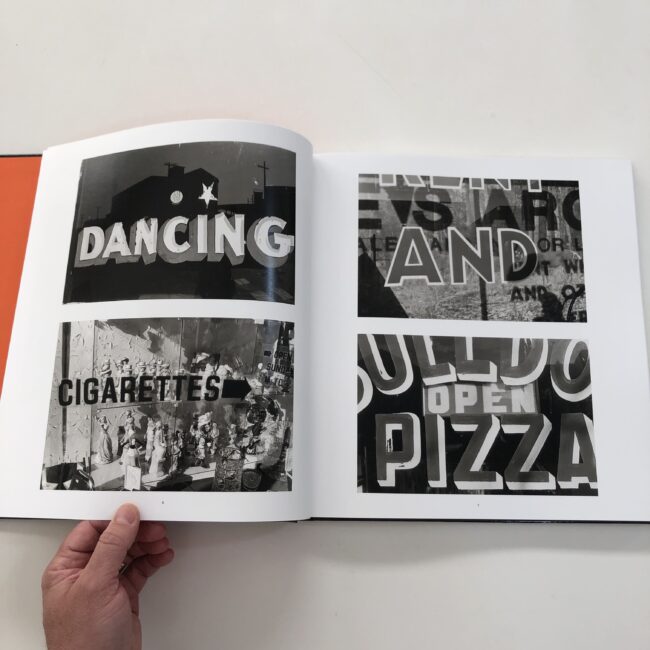
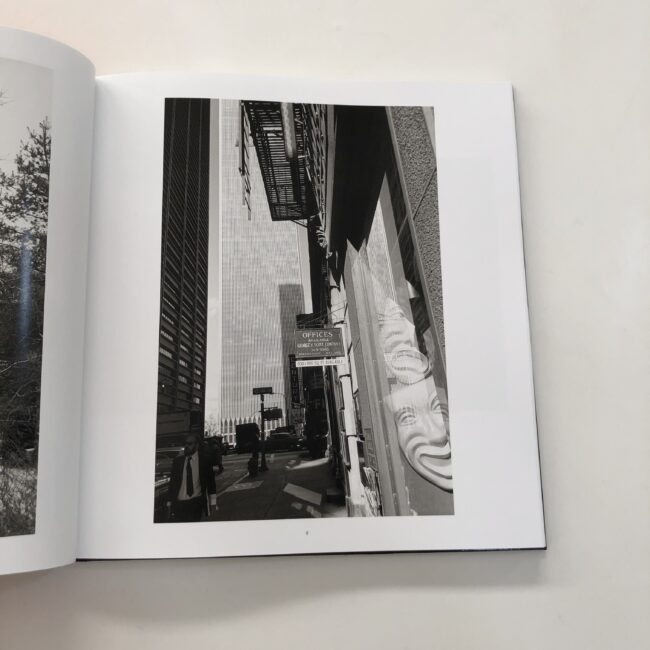
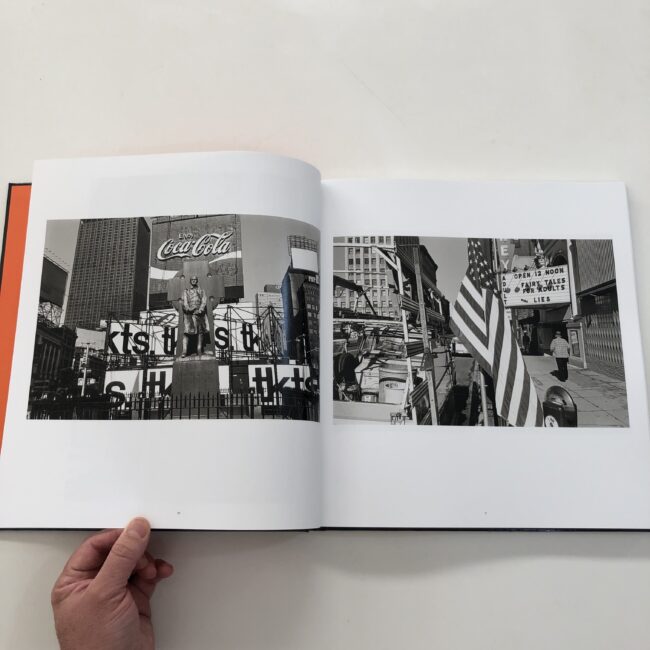
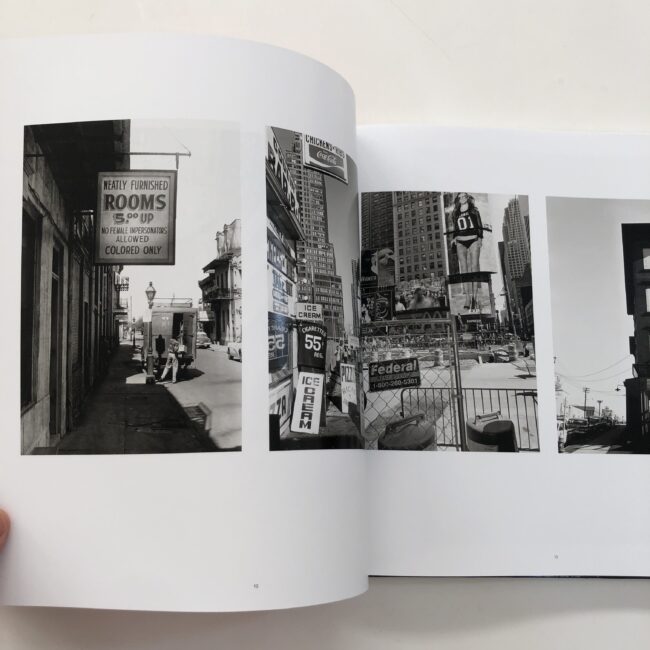

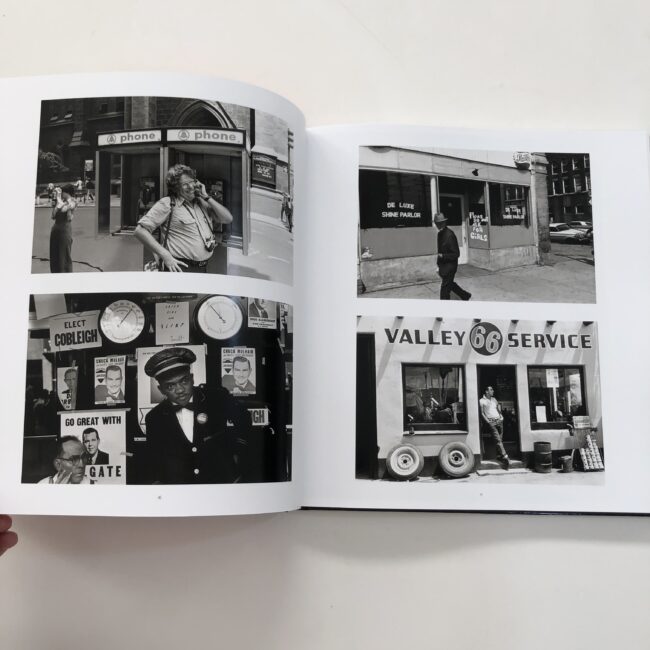

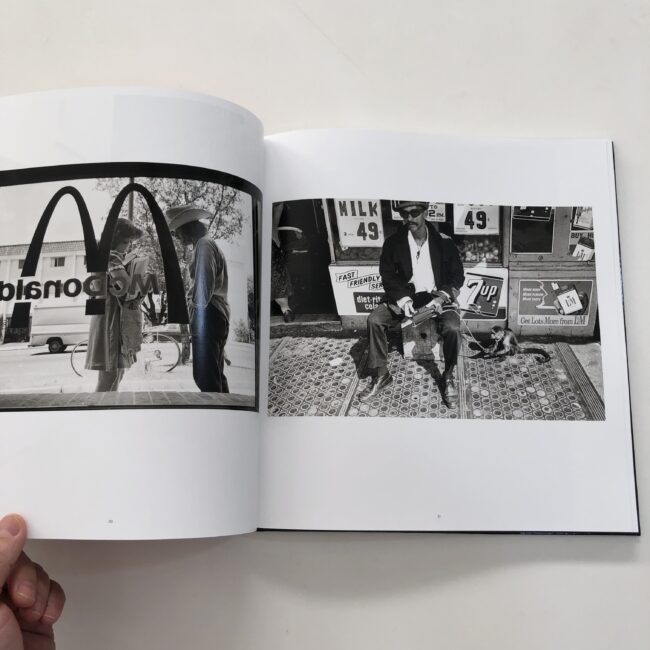
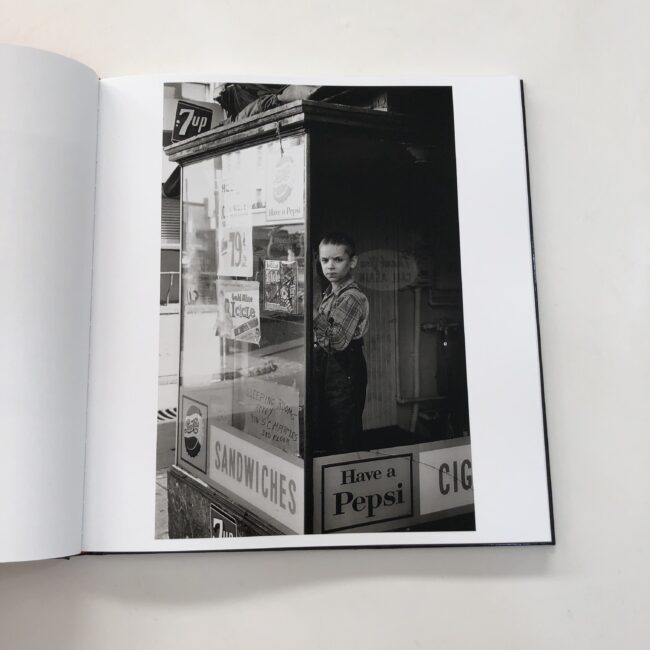
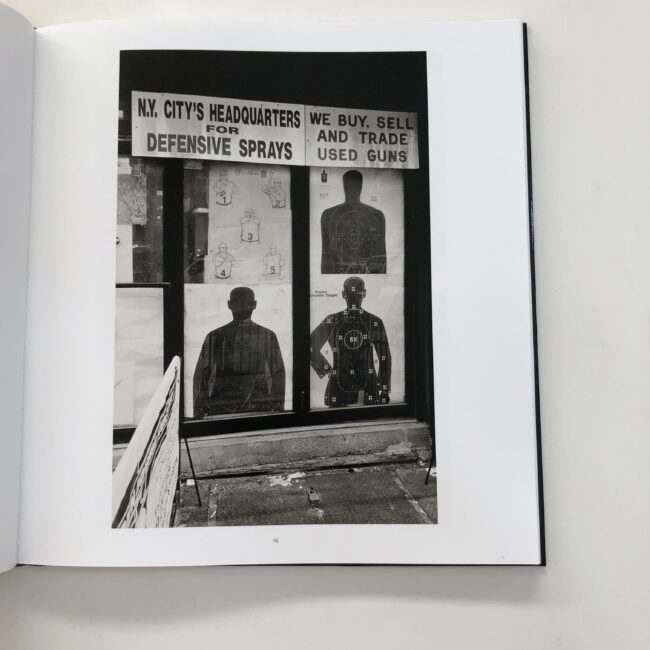
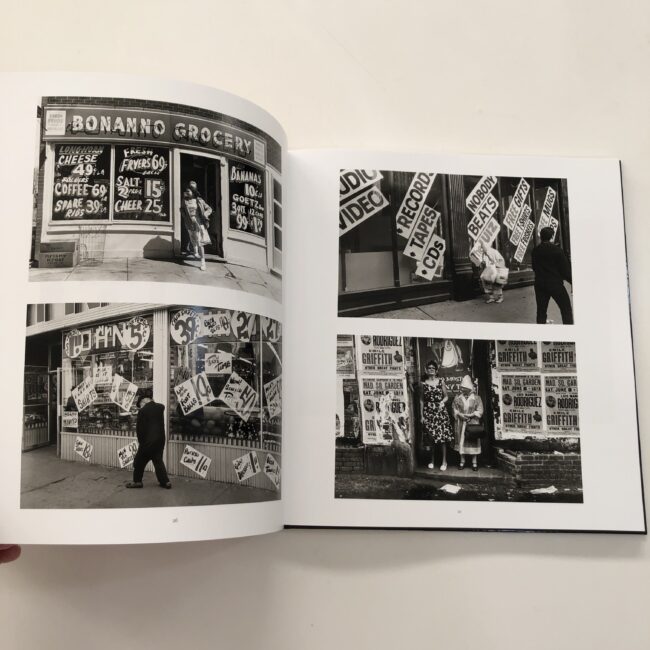

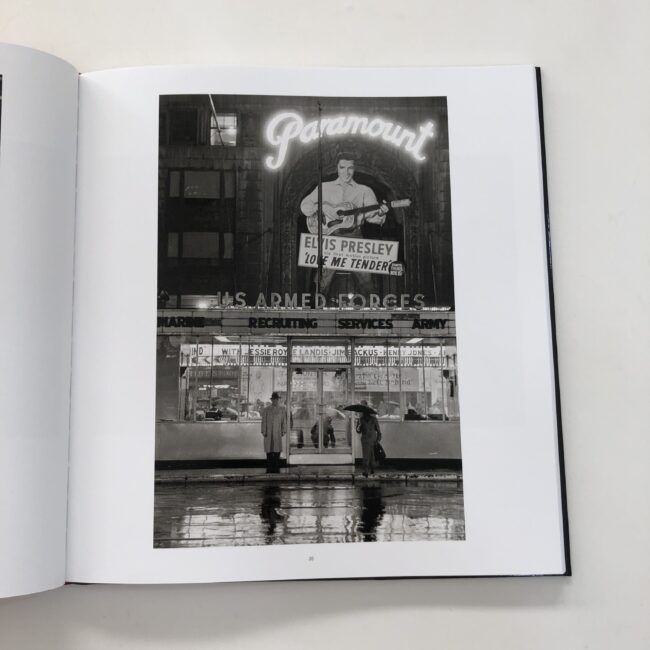

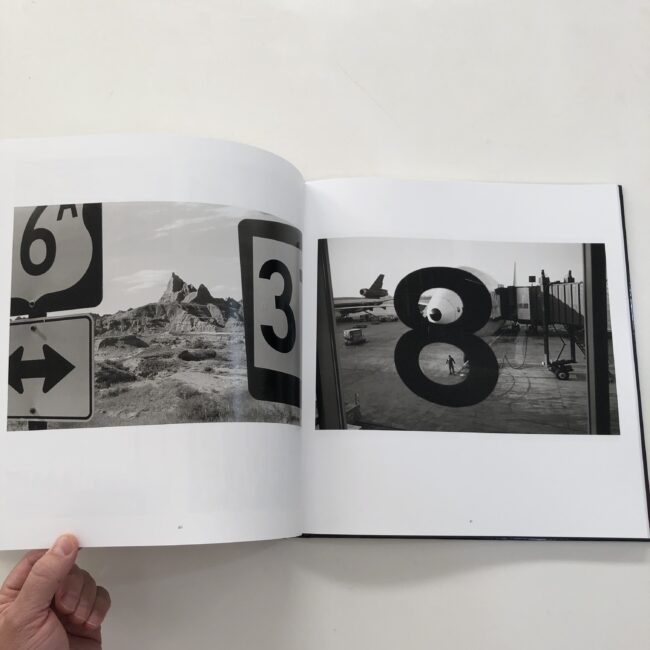
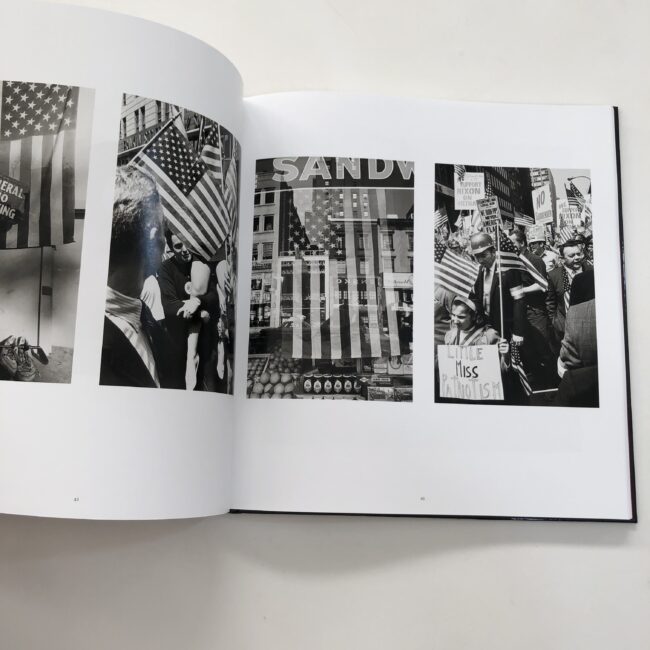
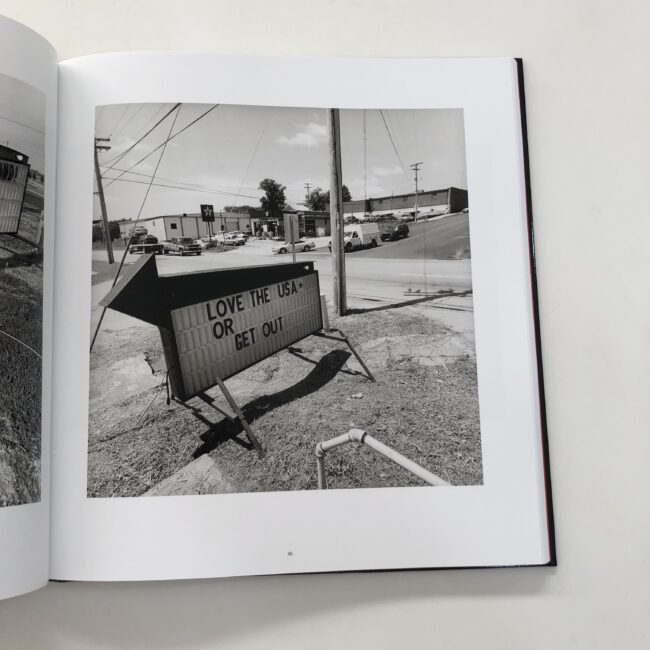
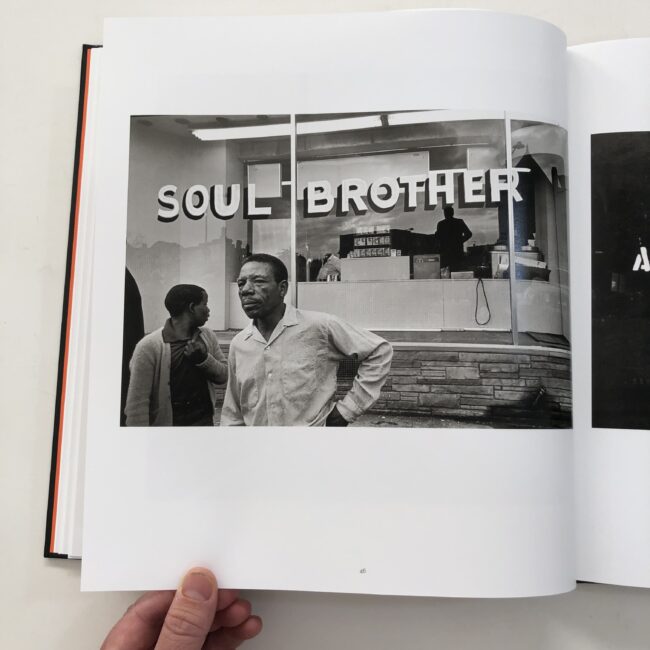

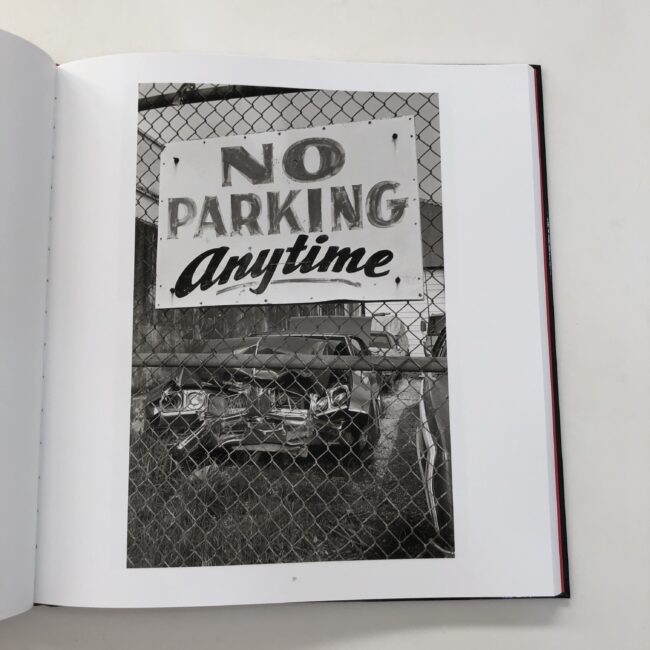

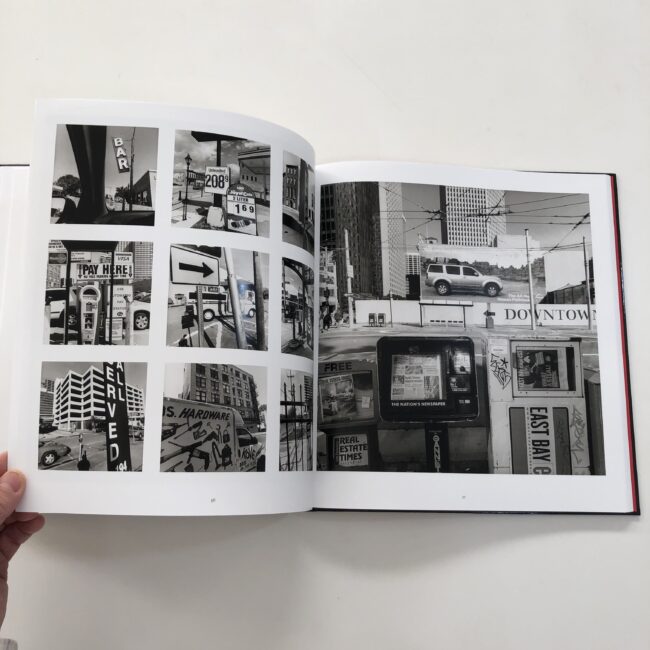
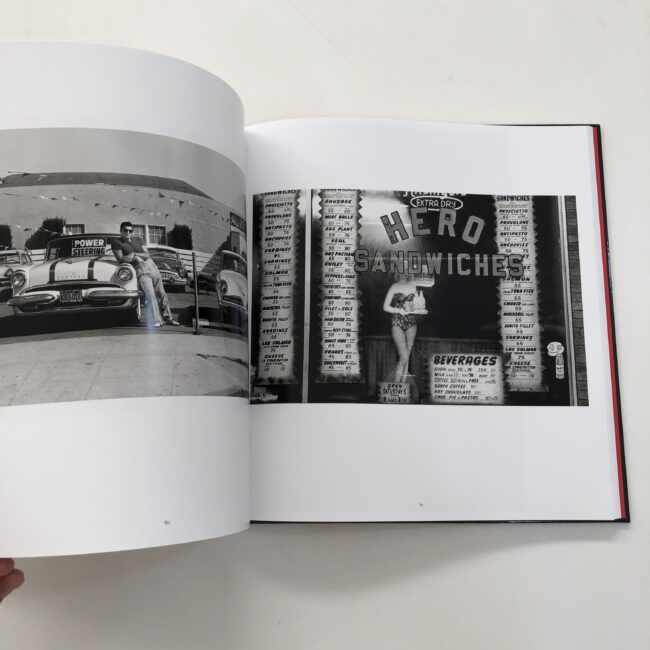
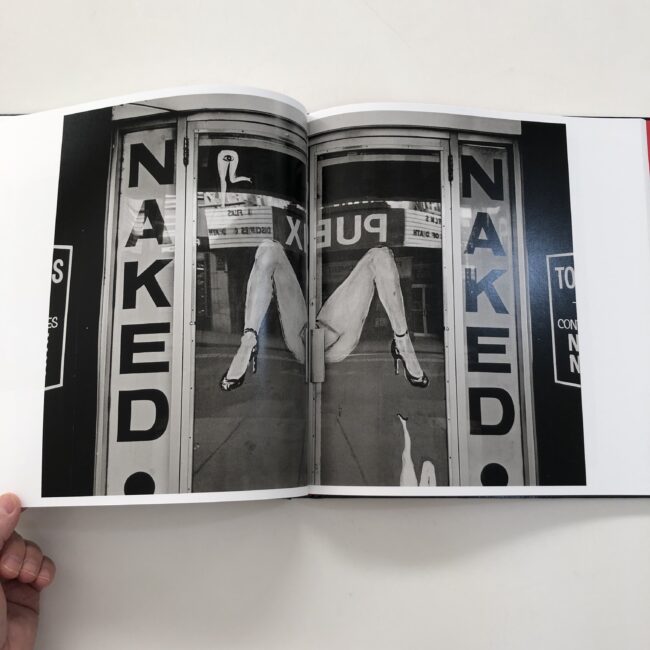
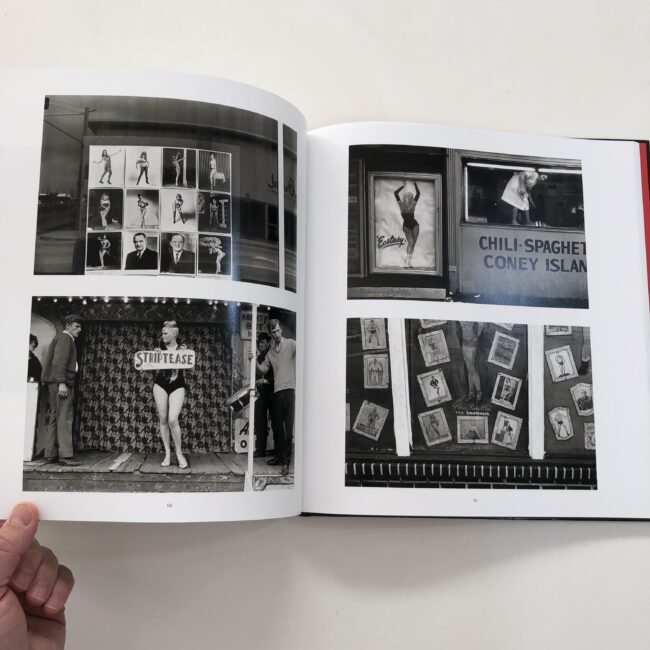

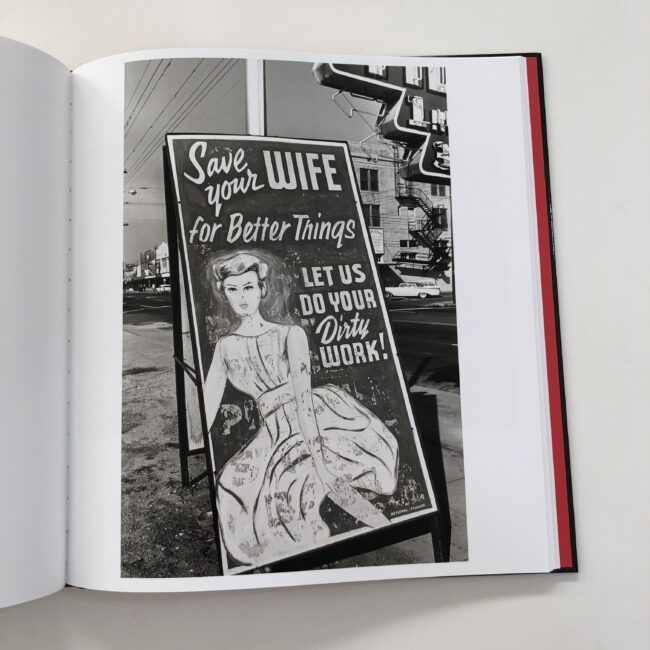
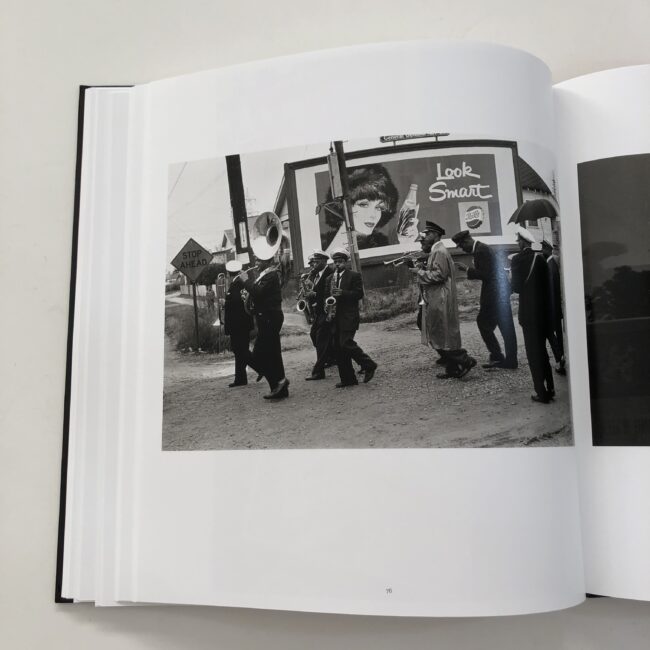
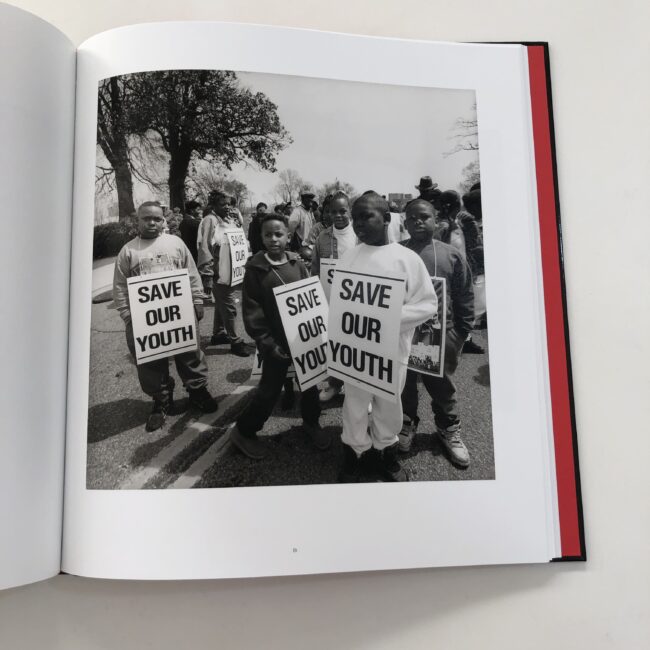
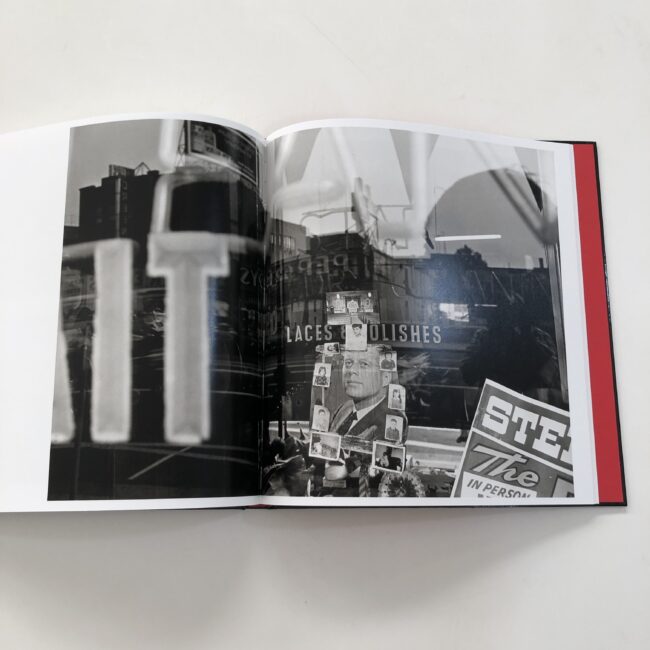
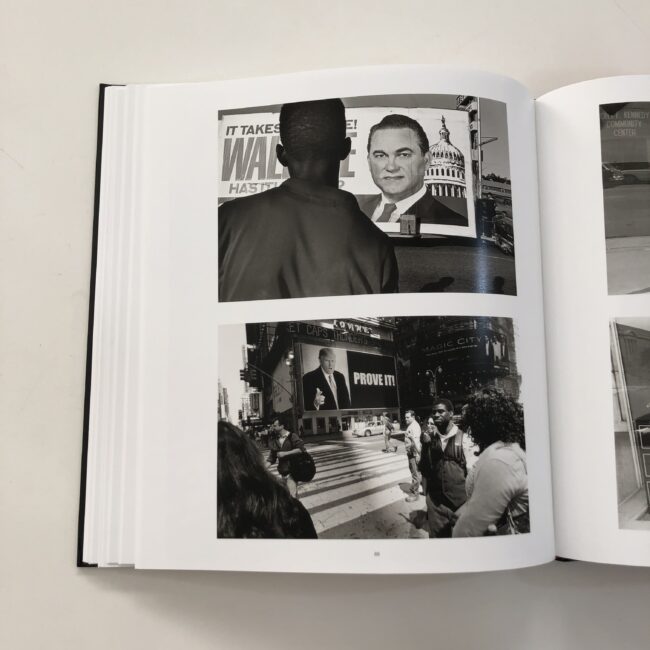
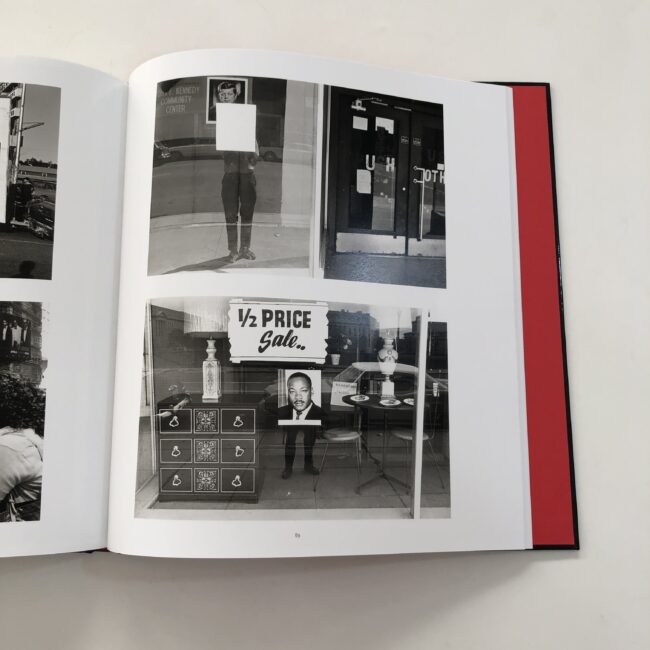
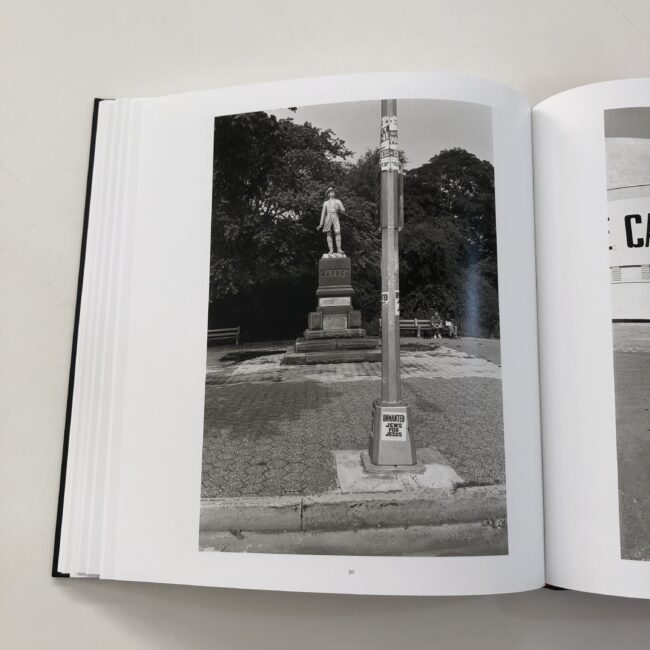
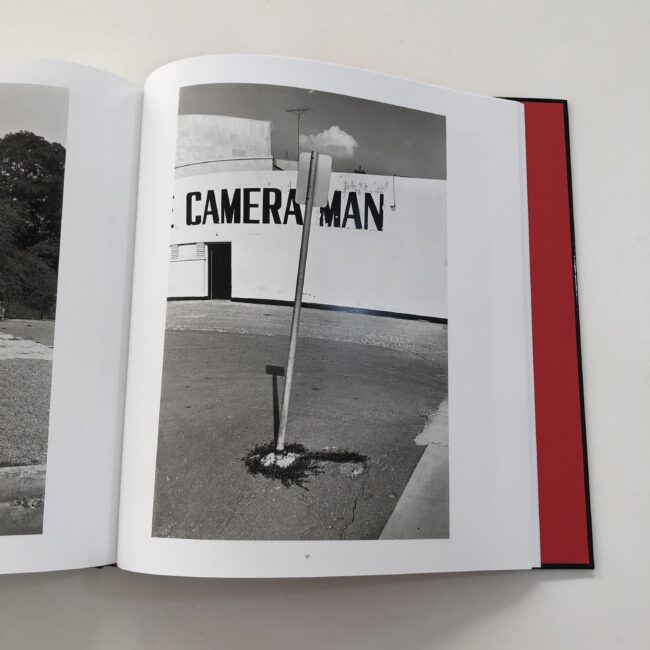
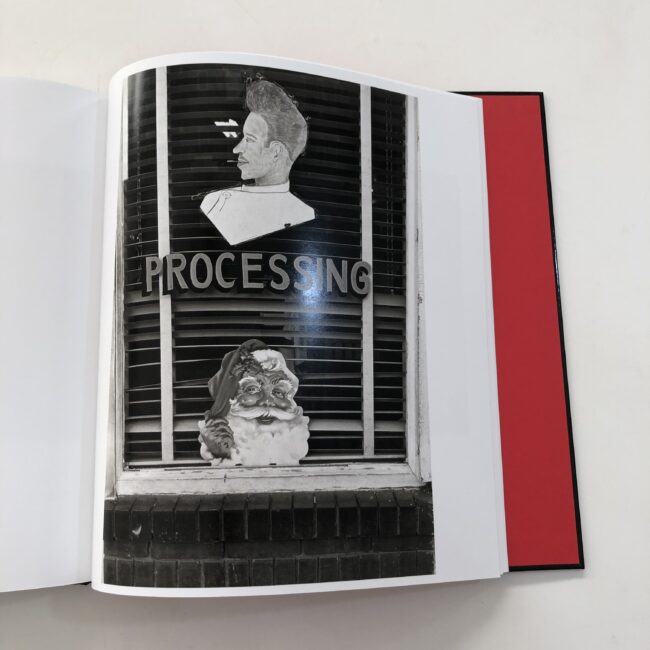



2 Comments
Didn’t understand what all the hubbub (speaking of terms not usually used) was about him back in my youth, then gradually realized he was operating on a level far above what I (failed to) imagine…
And talk about a swan song- he saved the best for the last in his seventies!
Thanks for chiming in, Stan! You were around when we used to battle the trolls. Speaking of Lee, though, I was fortunate to see “America by Car” at the Whitney many years ago, and it helped me understand why he stayed sharp, while others of his generation lost the magic touch. Plus, he photographed me once with my son on my back, and it was a moment I’ll always remember.
Comments are closed for this article!